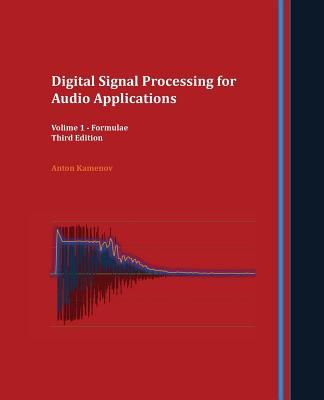Home
Digital Signal Processing with Matlab Examples, Volume 3: Model-Based Actions and Sparse Representation
Loading Inventory...
Barnes and Noble
Digital Signal Processing with Matlab Examples, Volume 3: Model-Based Actions and Sparse Representation
Current price: $129.99


Barnes and Noble
Digital Signal Processing with Matlab Examples, Volume 3: Model-Based Actions and Sparse Representation
Current price: $129.99
Loading Inventory...
Size: Hardcover
*Product Information may vary - to confirm product availability, pricing, and additional information please contact Barnes and Noble
This is the third volume in a trilogy on modern Signal Processing. The three books provide a concise exposition of signal processing topics, and a guide to support individual practical exploration based on MATLAB programs.
This book includes MATLAB codes to illustrate each of the main steps of the theory, offering a self-contained guide suitable for independent study. The code is embedded in the text, helping readers to put into practice the ideas and methods discussed.
The book primarily focuses on filter banks, wavelets, and images. While the Fourier transform is adequate for periodic signals, wavelets are more suitable for other cases, such as short-duration signals: bursts, spikes, tweets, lung sounds, etc. Both Fourier and wavelet transforms decompose signals into components. Further, both are also invertible, so the original signals can be recovered from their components. Compressedsensing has emerged as a promising idea. One of the intended applications is networked devices or sensors, which are now becoming a reality; accordingly, this topic is also addressed. A selection of experiments that demonstrate image denoising applications are also included. In the interest of reader-friendliness, the longer programs have been grouped in an appendix; further, a second appendix on optimization has been added to supplement the content of the last chapter.
This book includes MATLAB codes to illustrate each of the main steps of the theory, offering a self-contained guide suitable for independent study. The code is embedded in the text, helping readers to put into practice the ideas and methods discussed.
The book primarily focuses on filter banks, wavelets, and images. While the Fourier transform is adequate for periodic signals, wavelets are more suitable for other cases, such as short-duration signals: bursts, spikes, tweets, lung sounds, etc. Both Fourier and wavelet transforms decompose signals into components. Further, both are also invertible, so the original signals can be recovered from their components. Compressedsensing has emerged as a promising idea. One of the intended applications is networked devices or sensors, which are now becoming a reality; accordingly, this topic is also addressed. A selection of experiments that demonstrate image denoising applications are also included. In the interest of reader-friendliness, the longer programs have been grouped in an appendix; further, a second appendix on optimization has been added to supplement the content of the last chapter.


















